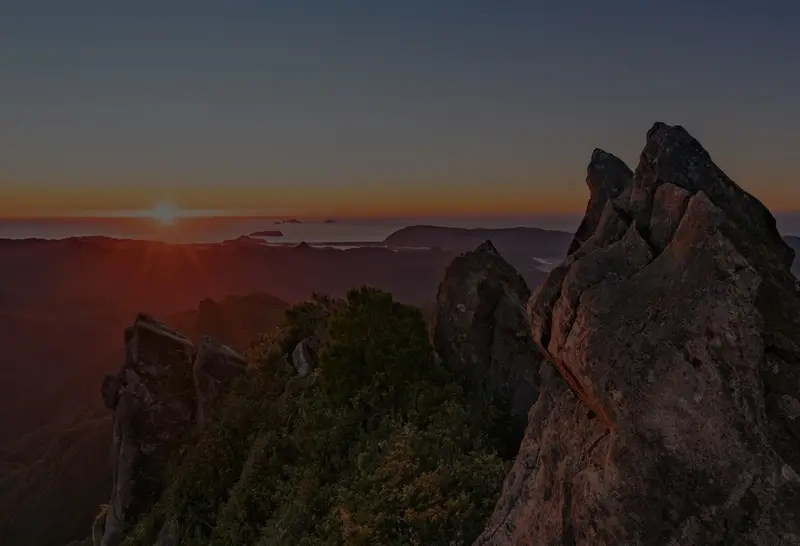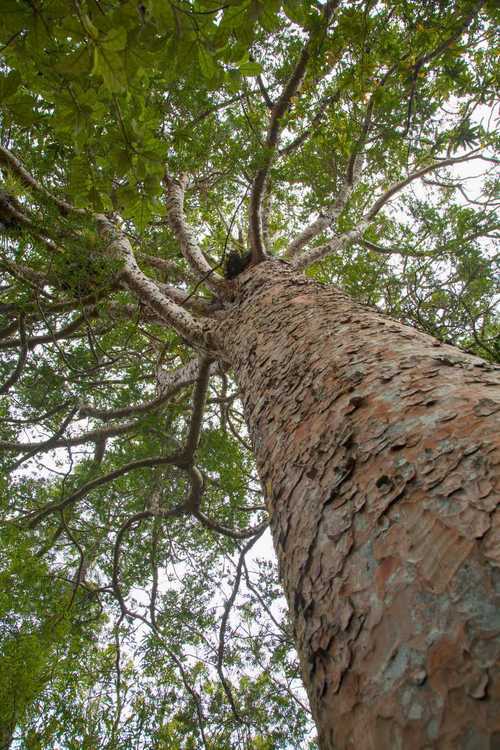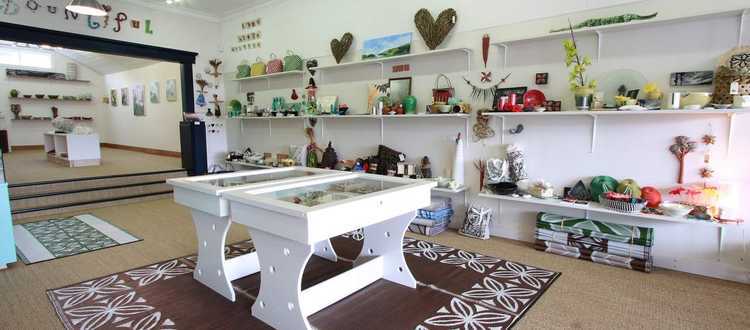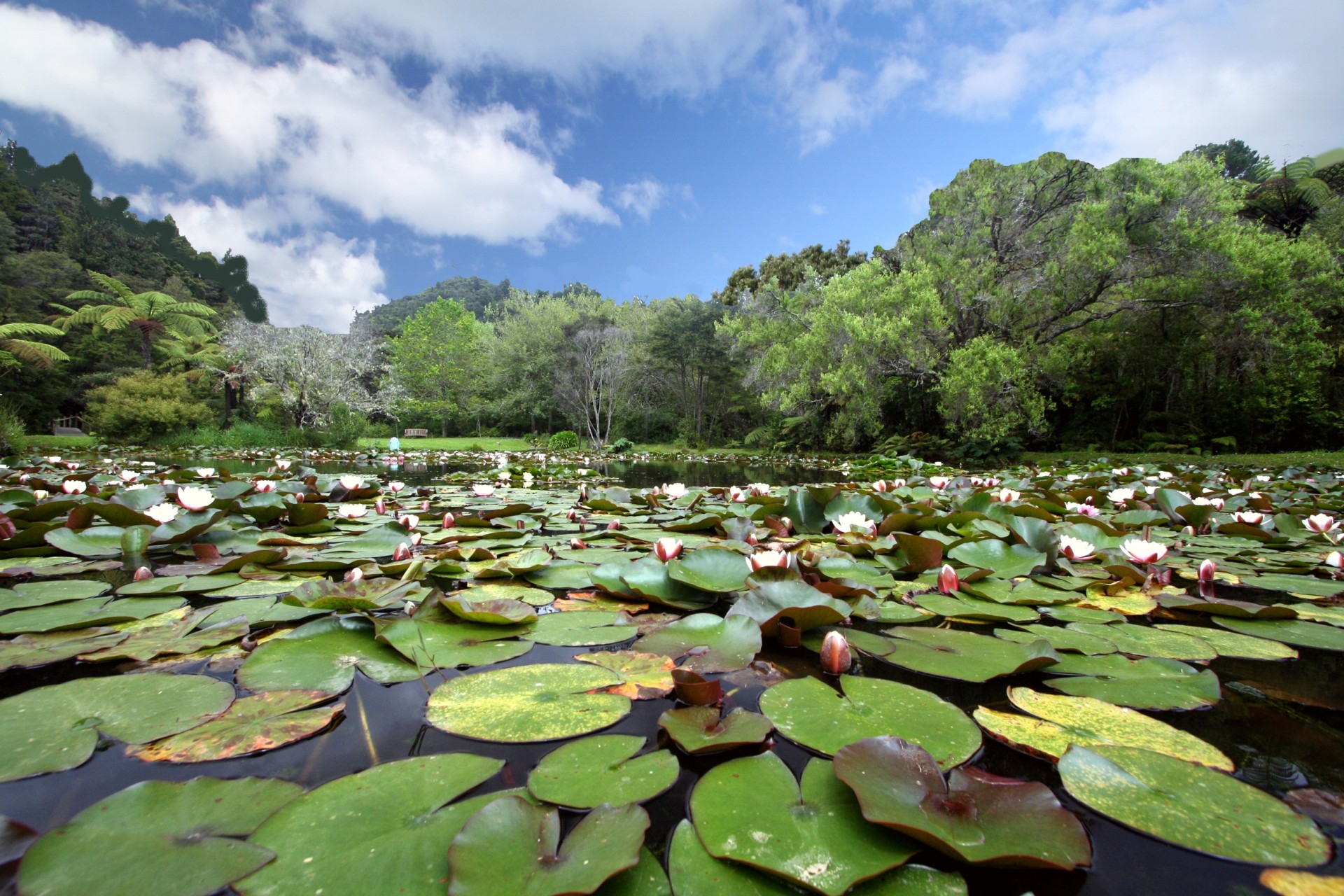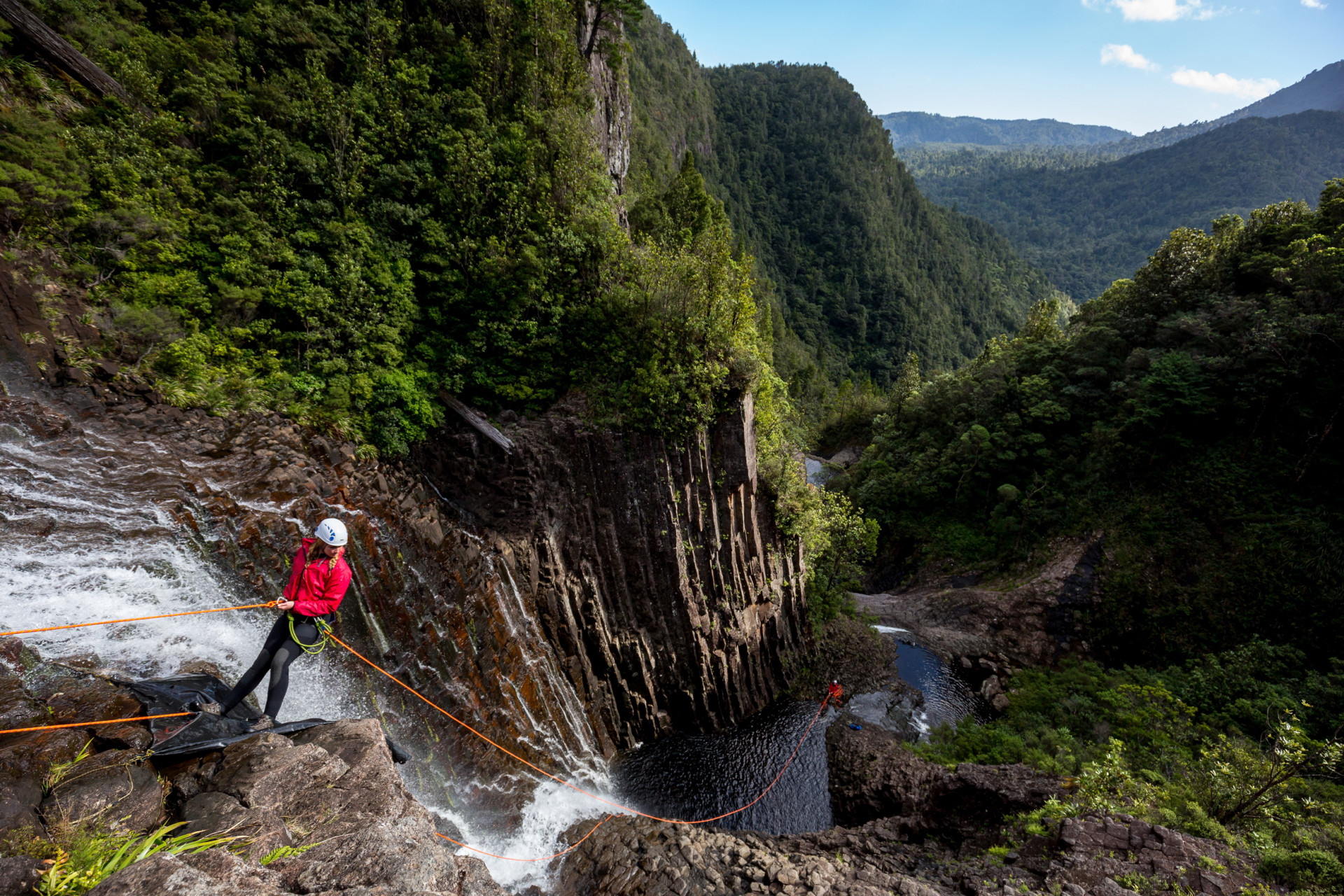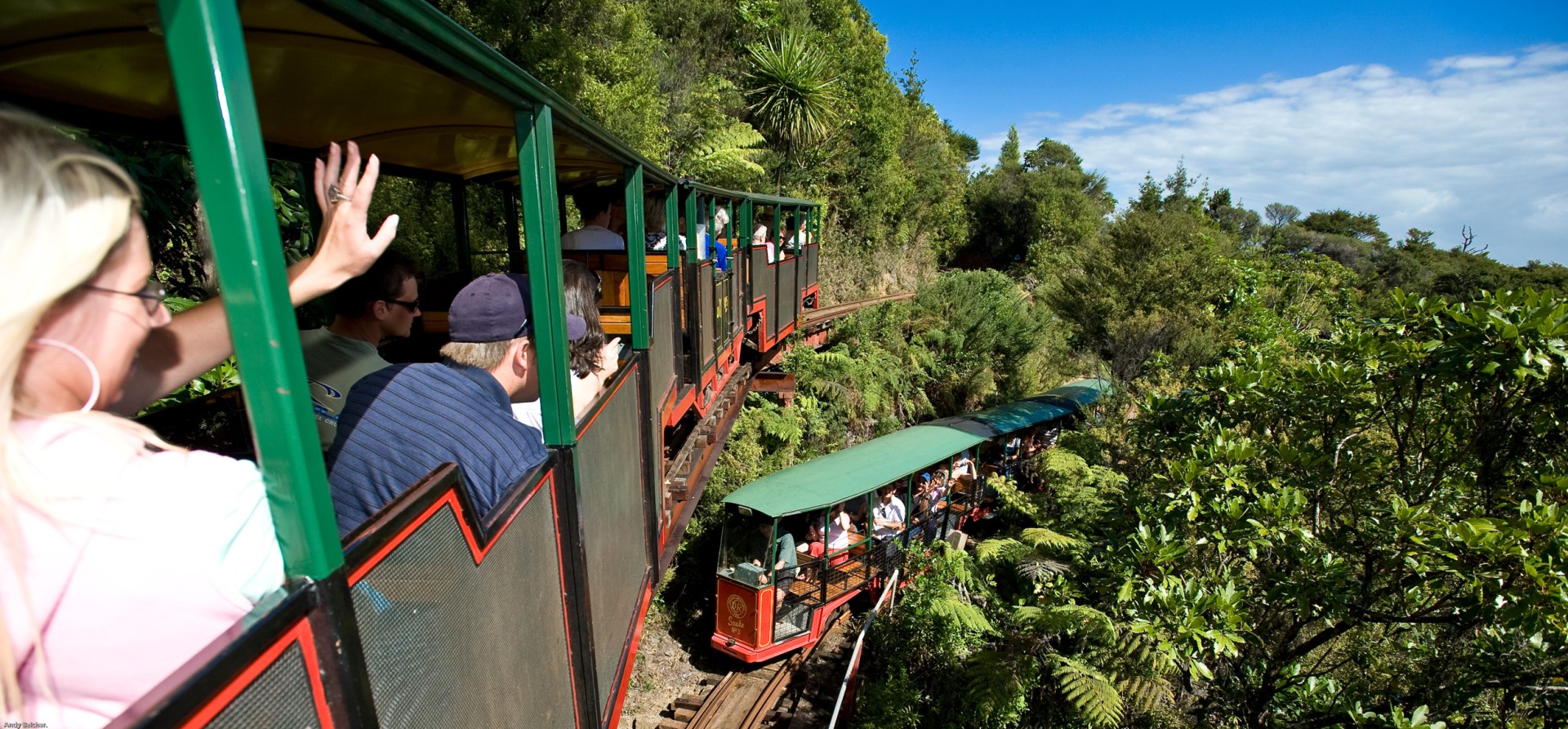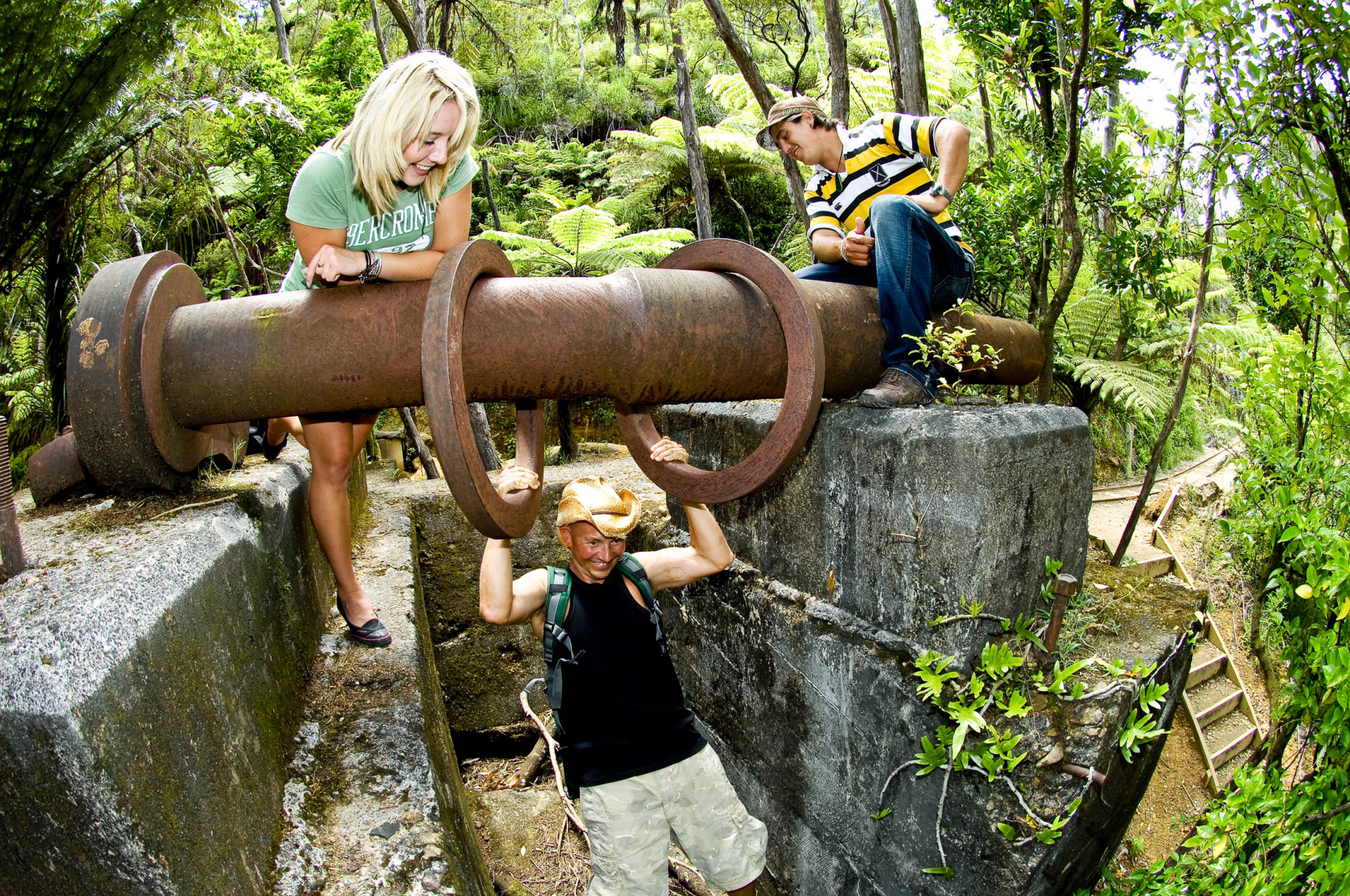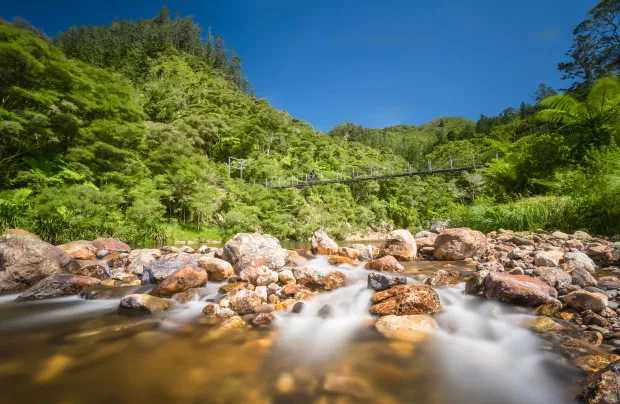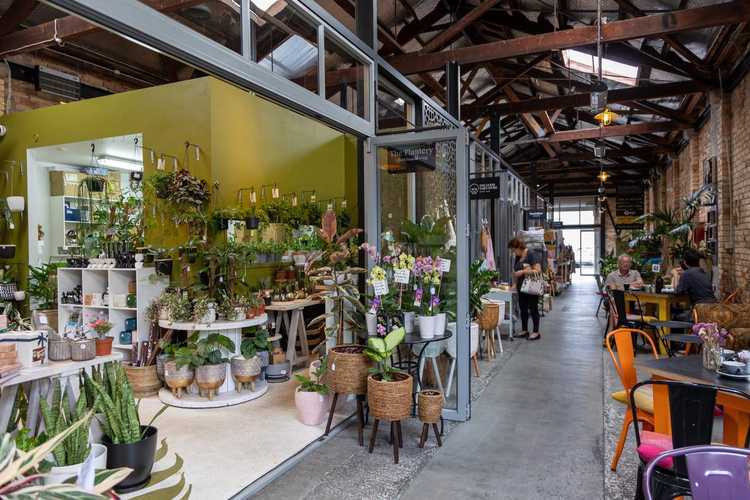
The Kauri Days on The Coromandel
The Kauri Tree holds a significant place in The Coromandel’s heritage. When the first Europeans came to New Zealand, The Coromandel and northern parts of New Zealand were blanketed in around 1,200,000 hectares of kauri forest. The Kauri is the second-largest and second-longest living tree in the world. Kauri can live for over 1000 years, its trunk expanding to over two metres in diameter. Unfortunately it could not withstand the exploits of industry in 18th and 19th century New Zealand. The few kauri that remain in The Coromandel today are a poignant reminder of the vast forests that reigned untouched, prior to pioneer times.
How It All Began
Though Maori valued the Kauri, other trees served multiple purposes so were considered more useful. Unlike other native trees, Kauri logs could float. This made them useful for Maori to carve out as waka (canoe). Kauri was also valued by Maori for its gum. It could be used as a fire starter, for medicinal purposes and for tattooing. Maori were the first gum diggers in the swamps and river flats of Hauraki before moving on to the forests. Later in the century, Europeans followed suit, using the gum to produce paints and varnishes. “Bleeding” was a process where gum diggers made cuts in the trunk to access the gum. Eventually the practice was banned, but not before causing the early death of many trees.
In the late 1700’s when early European pioneers visited New Zealand, they found that kauri timber was ideal for shipbuilding. Its trunks served as masts and spars, and because of its voluminous clean-grained timber, its popularity grew. By the mid-1800’s a large sawmilling industry developed and kauri soon became the preferred timber used by carpenters and shipbuilders. Its wood was durable, straight, free from knots and easy to work and nail. Bushmen were called to camps and shanties in the high hills of The Coromandel to meet increasing demand by local and export markets for kauri logging.
Kauri Logging & Dams
Kauri felling was physically demanding, dangerous work, requiring bushmen to use levers, timber jacks and blocks and tackle to roll the felled trees into shallow creeks. As the river flooded, logs would float downriver, eventually arriving at tidal inlets and harbours to be be picked up by scows and ships.
Getting logs to the coast proved a challenge, especially from the more remote areas. The steep catchments, V-shaped valleys and swift rivers of The Coromandel lent themselves to a unique feat of engineering, unlike anything else seen before in New Zealand. Kauri driving dams were built by loggers to force massive quantities of logs downstream from the more remote areas.
More than 200 dams were built in the Whangapoua, Tairua and Kauaeranga river catchments. It was a process that took months to fill the dam and lay all the felled logs in the stream bed prior to a drive. Thousands of logs were then sent down through the forest following the triggered release of a series of dams. It was a destructive operation, with an estimated 20% of logs reaching the floating booms below, while the remainder were smashed and destroyed during the drive. These days, remnants of the dam sites still remain and can be visited from hiking trails around forest.
Kauri Industry
By the late 1830’s, the Kauri timber industry was thriving on The Coromandel, with numerous small mills established. Sawmills were more efficient than the pit sawyers preceding them and with the Coromandel gold rush in the late 1860s and 70s, demand for timber increased.
By the 1800s, a depression fell upon the industry. Local demand couldn’t keep pace with expansion and many sawmills were left bankrupt. In 1888 the Kauri Timber Company from Melbourne, purchased virtually all cutting rights to standing kauri on the peninsula. Its production peaked in 1901–2. However, by the turn of the century the kauri industry had declined significantly, as had the once vast expanse of mature kauri forests.
The final major logging operations and dam drives on The Coromandel were in the Kauaeranga valley in the early 1920s. All that was left were scarred hills and a visually devastated landscape.
The Coromandel Forest Park (73,000 hectares) was created in 1971 to promote public recreation and conserve surviving native forest. During this time, the Forest Service planted around 40,000 kauri as part of a preservation strategy, however many did not survive or records of their location were lost.
Kauri Today
About 400 hectares of mature kauri trees remain in the 2000s. Many of these survived because they were located in areas too difficult for loggers to access. The main stands are in the Moehau ecological area, the Manaia Forest Sanctuary and the upper reaches of the Tairua River.
Two Coromandel kauri are ranked in the “Top Ten” of the great trees listed in The World of the Kauri (Halkett, J. & Sale, EV, Reed Methuen,1986). Tanenui in the Manaia Kauri Sanctuary is the largest and oldest kauri tree on the Peninsula and sixth largest kauri in New Zealand. With a girth of 10.97m and a 15.85m clean bole hole height, Tanenui is estimated at 2,000 years old.
In an effort to help prevent the spread of Kauri Dieback, access is restricted to relevant authorities only.
There are several easily accessible sites for viewing ancient kauri around The Coromandel, including The Square Kauri Tree (Tapu/Coroglen Summit), The Kauri Block Track (Coromandel) and Waiau Kauri Grove (309 Road).
